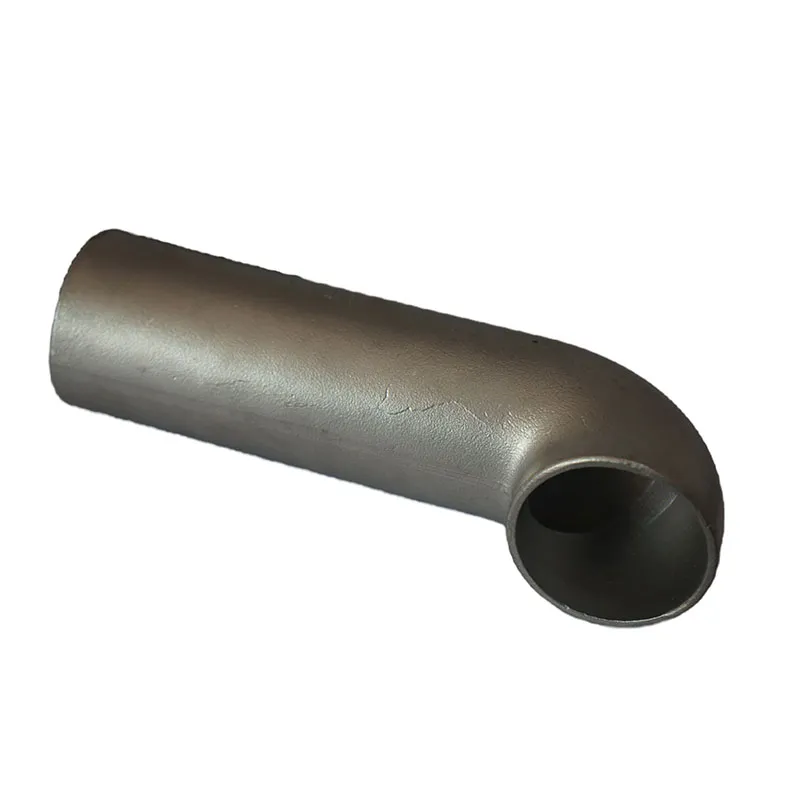Exploring the Benefits of Green Sand in Metal Casting Processes and Techniques
Green Sand for Metal Casting A Comprehensive Overview
Green sand is one of the most commonly used materials in the foundry industry, primarily for metal casting. This sand is characterized by its unique properties, making it an ideal choice for producing molds and cores. Understanding the composition, advantages, and applications of green sand provides valuable insights into why it remains a staple in metal casting processes.
Composition of Green Sand
Green sand, despite its name, does not refer to the color of the sand but rather emphasizes its moisture content. The typical composition of green sand includes silica sand, clay, and water. The silica sand forms the primary structure of the mold, providing strength and stability. The clay, often bentonite, acts as a binding agent that helps the particles stick together, while water serves to activate the clay and enhance its adhesive properties.
The typical ratio in green sand mixtures is about 70% silica sand, 20% clay, and 10% water. This combination allows for flexibility in the shape of the mold while ensuring that it can withstand the pressure of molten metal. Some foundries may also incorporate additives, such as organic materials or other minerals, to improve specific characteristics like permeability or thermal resistance.
Advantages of Green Sand
One of the significant benefits of using green sand in metal casting is its affordability. The materials required for green sand are relatively inexpensive and readily available, making it an economical choice for foundries of all sizes. Additionally, green sand molds can be reused several times, further reducing material costs over the long term.
Another advantage is the ability of green sand to produce intricate designs. The fine grain of the sand allows for detailed mold surfaces, which is particularly beneficial for producing complex geometries and fine details in castings. This capability makes green sand suitable for a wide range of metal casting applications, from automotive parts to artistic sculptures.
Moreover, green sand has excellent collapsibility properties. When the molten metal is poured into the mold, the sand can more easily absorb the thermal expansion, reducing the likelihood of defects related to mold rigidity. This characteristic, combined with good thermal conductivity, ensures that the casting process produces consistent results in terms of dimensions and surface finish.
green sand for casting metal

Applications of Green Sand
Green sand casting is widely utilized across various industries. In the automotive sector, it is commonly used to manufacture engine blocks, transmission cases, and other critical components that require high precision and strength. Additionally, green sand is popular in the production of heavy machinery parts, where durability is paramount.
The art of sculpture and ornamental casting also benefits greatly from green sand. Artists often prefer this material for creating detailed castings as it allows them to capture intricate designs that are challenging to achieve with other casting methods.
Challenges and Improvements
Despite its numerous advantages, green sand casting does come with challenges. Control over the moisture content is crucial, as too much water can lead to mold integrity issues, while too little moisture can make the sand crumbly. Additionally, the process can produce air emissions and waste, which necessitates proper ventilation and disposal methods.
Advancements in foundry technology have led to the development of improved green sand systems that enhance performance while minimizing environmental impact. These innovations include automated mixing systems, moisture control devices, and reclaiming systems that allow for the recycling of used sand.
Conclusion
Green sand remains an essential material in the field of metal casting, offering a balance of cost-effectiveness, versatility, and the ability to produce high-quality castings. As foundry technologies evolve, the future of green sand casting looks promising, with ongoing improvements that aim to enhance its efficiency while addressing environmental concerns. Whether in automotive manufacturing, machinery production, or art casting, green sand continues to play a pivotal role in the world of metal casting.
-
Precision Sheet Metal Stamping Manufacturer | Fast & ReliableNewsAug.01,2025
-
OEM Sand Cast Pump Valve Fittings - Baoding Hairun Machinery And Equipment Trading Co., Ltd.NewsAug.01,2025
-
Custom OEM Impellers | High Efficiency & PrecisionNewsAug.01,2025
-
OEM Sand Cast Pump Valve Fittings - Baoding Hairun Machinery | Customization, Quality AssuranceNewsAug.01,2025
-
OEM Sand Cast Pump Valve Fittings - Baoding Hairun Machinery And Equipment Trading Co., Ltd.NewsAug.01,2025
-
OEM Sand Cast Pump Valve Fittings - Baoding Hairun Machinery And Equipment Trading Co., Ltd.NewsJul.31,2025















